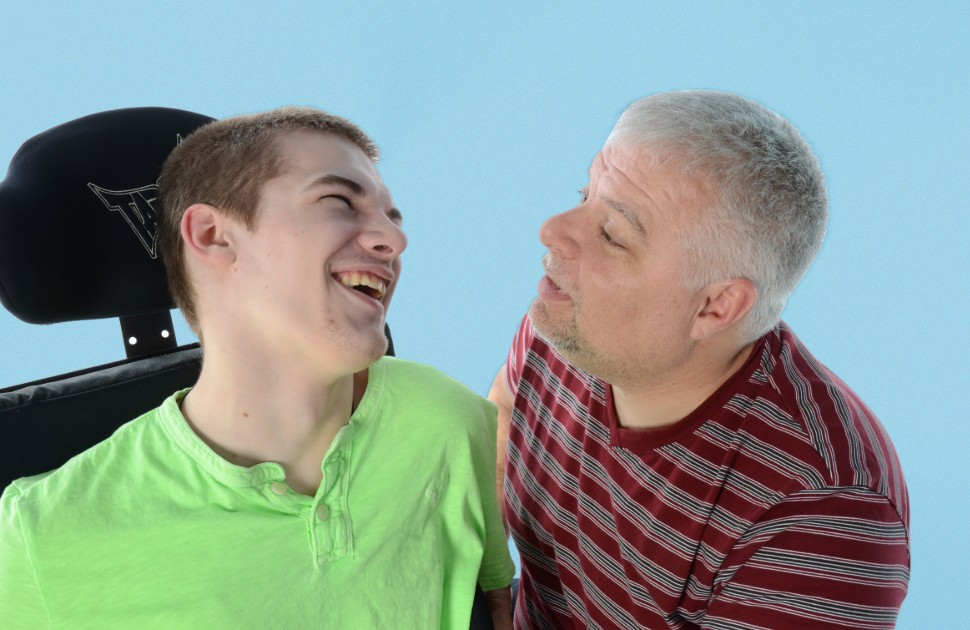
 Jennifer Rozek always knew she wanted to work in a pediatric hospital. Though she wasn’t a frontline healthcare provider, she found purpose in the environment of a children’s hospital.
Jennifer Rozek always knew she wanted to work in a pediatric hospital. Though she wasn’t a frontline healthcare provider, she found purpose in the environment of a children’s hospital.
“I love the environment of helping kids,” said Rozek. “When you help a child, they have their whole life ahead of them. It warms your heart.”
Born in Korea, Rozek moved to Canada at age 10. She considered a career in veterinary medicine before pivoting to Health Information Management (HIM). A specialized field within the health care industry, HIM revolves around the collection, organization, storage, analysis, and protection of patient health information.
“In health information management, you’re basically taking data and turning it into something more valuable,” Rozek said.
After graduating from the HIM program at George Brown College, Rozek worked at the Toronto East General Hospital before landing what she thought was her dream job at SickKids – until a management position at CHEO came along.
“Becoming a mother allowed me to realize just how much I was capable of,” she said. “I knew I could do it, so I applied.”
And it paid off—Rozek joined CHEO in 2022 as the team lead of the coding department.
What the coding team does—and why it matters
CHEO’s coding team works behind the scenes, playing a crucial role in the hospital’s operations. The small team of 15 coders transform patient records into standardized codes, which provide insights into healthcare trends, hospital performance, and funding allocation.
“Our team reviews every single inpatient, emergency, and day surgery visit at CHEO,” said Rozek. “That’s around 6,000 inpatient cases, 4,000 day-surgery cases, and 70,000 emergency visits every year.”
Her team also looks at records for CHEO’s oncology and dialysis clinics.
Coders analyze patient charts to extract diagnoses, treatments, and procedures, converting them into a universal coding system made up of numbers and letters. Once coded, the data is sent to the Canadian Institute for Health Information (CIHI) and the Ontario Ministry of Health (MOH), where it directly influences how much funding CHEO receives.
“Without coded data, we wouldn’t have a clear picture of how acute or complex our patient cases are,” Rozek explained. “It’s what allows hospitals to advocate for the resources they need and it also contributes to national healthcare planning.”
Turning data into impact
Aside from helping the MOH to determine the hospital’s funding, CHEO’s coded data also contributes to national healthcare planning. By compiling it with all of the data from other hospitals, CIHI reveals important health trends, which ultimately helps guide Canada’s healthcare decisions.
The information gathered by the coding team also contributes to important research and media reports. The numbers you see on Stats Canada around pediatric health will have been influenced by the very work done by CHEO coders.
“Reporters often reach out to CHEO for statistics – how many RSV cases we’ve seen, or how pediatric flu numbers compare year over year,” said Rozek. “Those numbers are pulled from our coded data because it’s verified and reliable.”
And the work doesn’t stop at funding and statistics. Coding also helps improve hospital operations by tracking wait times and patient flow. For example, timestamps from coded data help the MOH evaluate emergency department efficiency and adjust resource allocation to improve patient care.
A dedicated, diverse team
Rozek’s team is small but mighty. They include nine full-time and six casual staff members who work diligently to process patient records.
“They’re incredibly hardworking and diverse,” she said. “We have team members of all ages and backgrounds, which brings a wealth of experience and perspectives.”
Since their impact is often behind the scenes, Rozek ensures that they understand the significance of their work.
“Some people think coding is just data entry, but it’s so much more than that,” she said. “Every code we enter translates into real-world impact.”
Rozek’s leadership and passion for pediatric healthcare has helped the coding team thrive, ensuring that CHEO’s vital work extends beyond hospital walls and into the broader healthcare system.
“I love CHEO—not just because it’s a pediatric hospital, but because of the people. The collaboration here is amazing,” she said. “It makes all the difference in the work we do.”
CHEO is made up of inspiring people like Jennifer. Join us.





